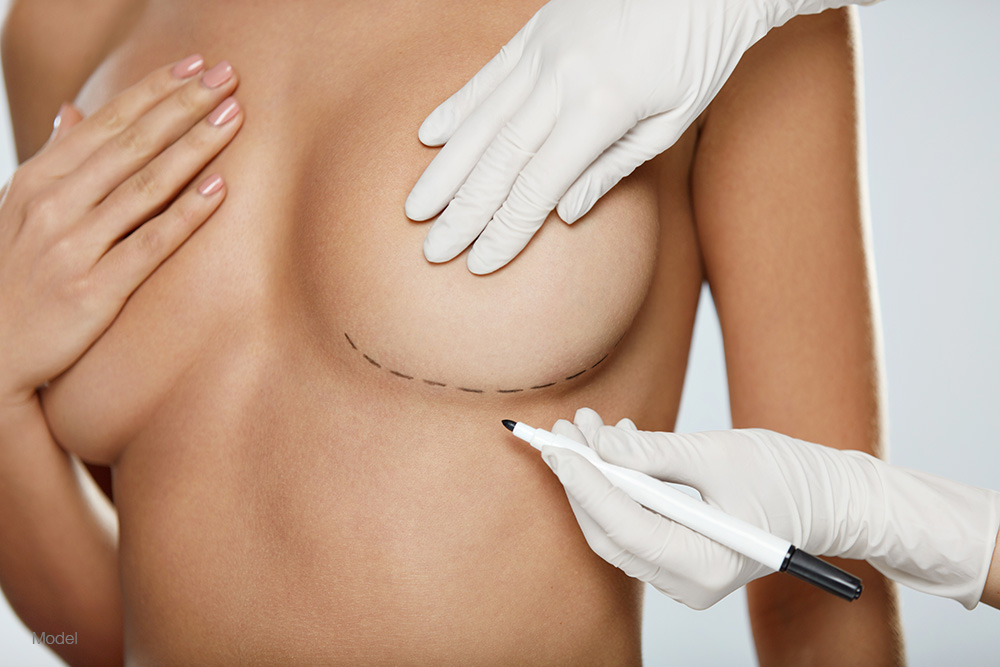
You’ve scheduled your breast augmentation, and you’re excited about the prospect of more voluptuous curves and the confidence that comes with them. Whether your goal is added volume, a fuller shape, or improved proportions, you’re looking forward to seeing your results. At the same time, breast augmentation is a surgical procedure that involves incisions, so it’s completely natural to be concerned about the resulting scars. Scars after breast augmentation are unavoidable—but the good news is that they usually fade significantly with time and can often be minimized with the right care. In this blog, we’ll go over what you need to know about breast augmentation scars so you can care for them properly, minimize their appearance, and thoroughly enjoy your results.
Table of Contents
- Where Will My Breast Augmentation Scars Be Located?
- How Long Does It Take for Breast Augmentation Incisions to Heal?
- What Are the Stages of Breast Augmentation Scar Healing?
- Tips for Minimizing Your Breast Augmentation Scars
- Expert Breast Augmentation in Newport Beach
Where Will My Breast Augmentation Scars Be Located?
The location of your breast augmentation scars depends on the incision technique used by Dr. Paydar. While there are a few different incision types, two of the most commonly used are the inframammary and periareolar incisions. Each has its own benefits, and Dr. Paydar will recommend the option best suited for your body type, implant choice, and desired outcome.
Inframammary Incision
Inframammary incisions are placed in the natural fold beneath your breast, in the crease where the breast meets the chest wall. This approach is used most often because it offers the surgeon excellent visibility and precise implant placement. Because inframammary incisions sit in the natural crease of your breasts, the scar is typically easily concealed, especially once your breast settles into its new shape and location on your chest. Over time, most breast augmentation patients find that these scars are very discreet and easy to hide, even under swimwear or lingerie.
Periareolar Incision
A periareolar incision is made around the edge of the areola, the darker skin surrounding the nipple. This allows the scar to blend into the natural color transition between the color of the areola and lighter breast skin. A periareolar incision can be a good option if you are primarily concerned about minimal visible scarring on your breast. However, not all breast augmentation patients are candidates for this approach due to the size of the areola, and it may not be ideal if you’re planning to breastfeed in the future. It is also associated with more changes in the nipple sensation.
How Long Does It Take for Breast Augmentation Incisions to Heal?
The initial healing of breast augmentation incisions typically takes one to two weeks, but the scar-maturation process continues for months afterward. By about six weeks after your breast augmentation, the incisions have nearly reached the original skin strength, though the scars usually still appear pink or raised. Over the next 6 to 12 months, your scars undergo a remodeling process and will gradually flatten, soften, and fade in color. While the healing timeline for any scar varies according to your individual healing process, most patients notice that their breast augmentation scars become significantly less noticeable within a year of their surgery.
What Are the Stages of Breast Augmentation Scar Healing?
Scar healing after breast augmentation is a gradual process that happens in the following phases:
Inflammatory Phase (Weeks 1–3)
In the early weeks of scar remodeling, your scars typically look red, pink, and slightly raised. Some swelling and tenderness around the incision sites are normal.
Proliferative Phase (Weeks 3–8)
Your body begins boosting its collagen production to rebuild tissue around the incision site, and your scars may feel firm or itchy (this is normal). Redness usually starts to fade, and the edges of the scars begin to flatten. This is the time when scar massage is initiated to soften the scars.
Maturation Phase (Months 3–12+)
At this point in the breast augmentation scar healing process, your scars continue to remodel, flatten, and fade in color. By now, most scars are far less visible, often blending in with surrounding skin. For some patients, scar fading may continue for up to two years.
Tips for Minimizing Your Breast Augmentation Scars
While you can’t avoid breast augmentation scars completely, there are many ways to support optimal healing and keep them as inconspicuous as possible, including:
Follow Aftercare Instructions Closely
Proper incision care during the first few weeks after your breast augmentation is crucial. Keep your incision sites and the surrounding area clean to prevent infection, avoid tension on the incisions, and wear your surgical bra and/or compression garment as directed.
Protect Your Scars From the Sun
You may not know it, but wearing sunscreen is a vital part of scar care after breast augmentation. UV rays can darken fresh scars and make them more noticeable—permanently. Apply (and reapply) broad-spectrum sunscreen with at least SPF 30 or keep your scars covered when you’re outside, especially during the first year after your procedure.
Use Silicone Scar Treatments
Silicone sheets, creams, or gels are highly recommended for improving the texture and appearance of your breast augmentation scars. They can hydrate and help flatten raised scars and reduce redness over time.
Massage Your Scars
Once you’re approved to do so by Dr. Paydar, engaging in gentle scar massage can help soften scar tissue, improve circulation to the area, and break up scar tissue to help scars lay flatter on the skin.
Avoid Nicotine
Nicotine in any form restricts blood flow and slows healing, which can worsen scarring.
Be Patient With the Process
The most important factor in scar improvement is time. Even without any scar treatments, your breast augmentation scars typically fade significantly on their own as your body completes the healing process.
Expert Breast Augmentation in Newport Beach
Breast augmentation scars are a natural part of the breast augmentation process, but with careful incision placement, proper aftercare, and a little patience, they will fade to the point of being barely noticeable. Another way to avoid noticeable scars after breast augmentation is to choose a board-certified plastic surgeon who is highly trained and experienced in breast enhancement procedures, like Dr. Keyian Z. Paydar. To learn more about your breast augmentation options at Paydar Plastic Surgery, schedule a consultation today by calling (949) 755-0575 or completing our online contact form.


